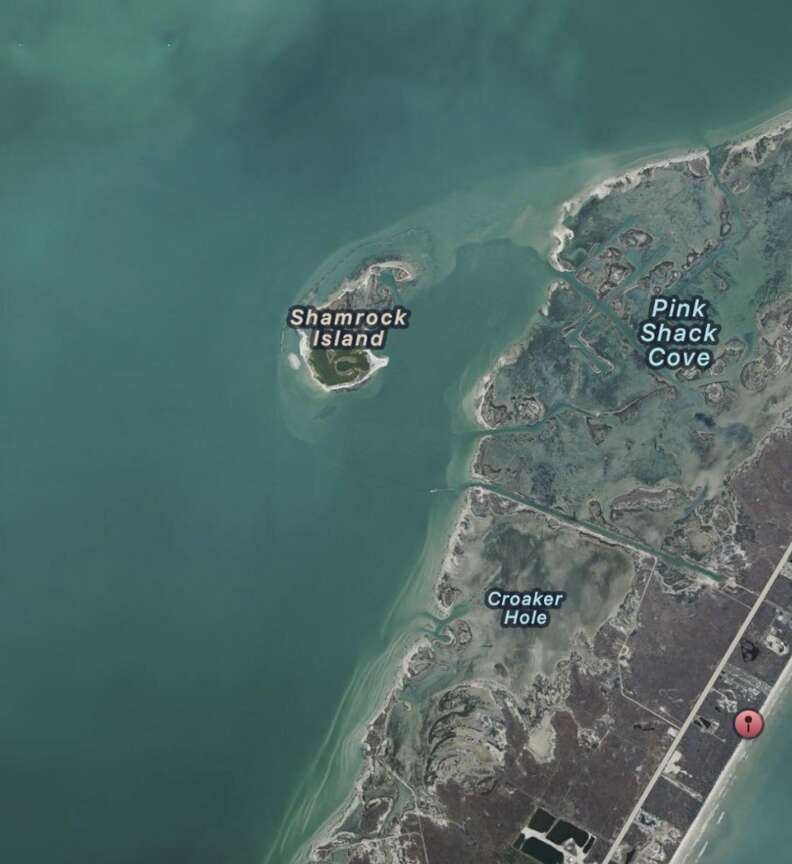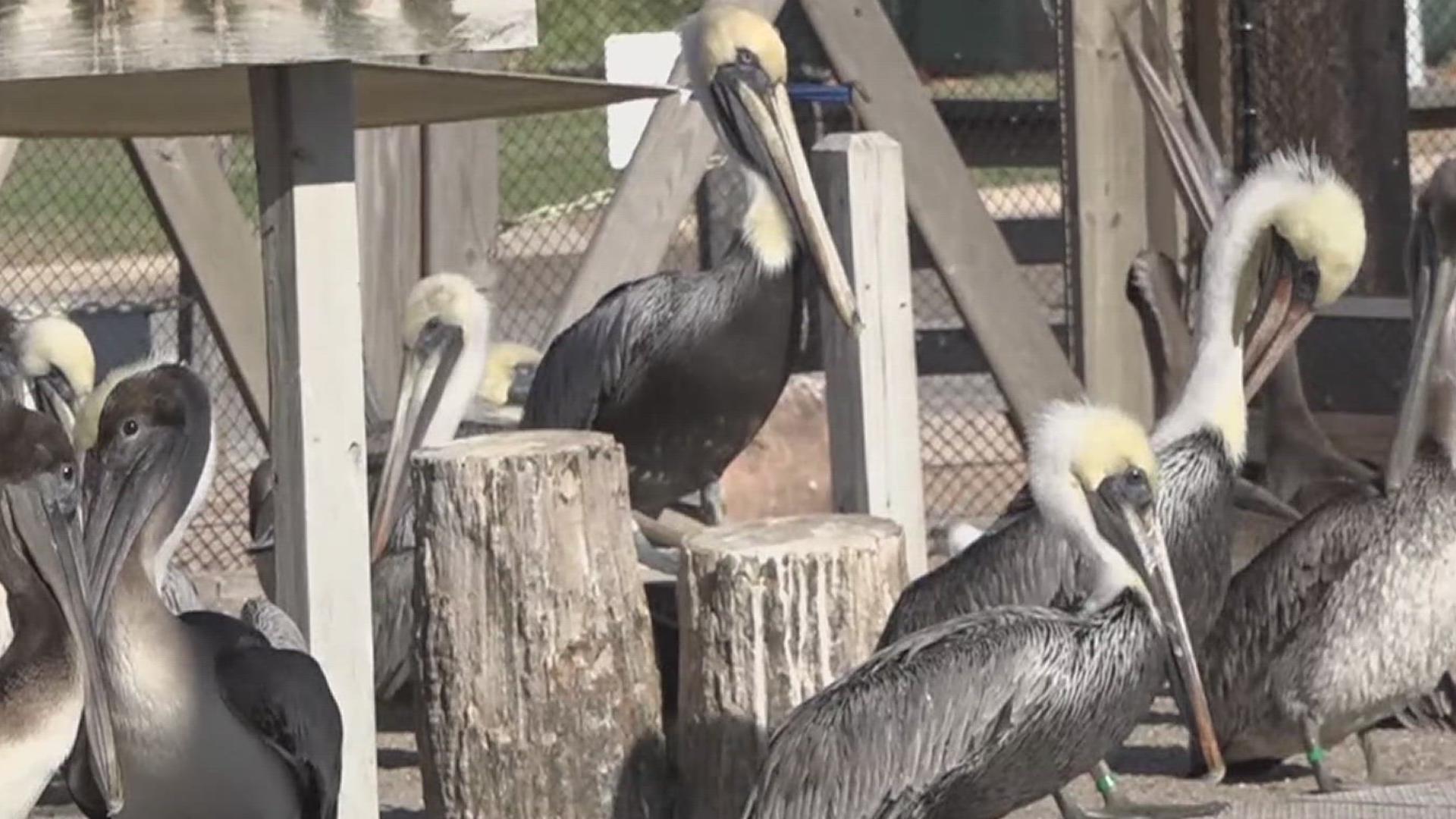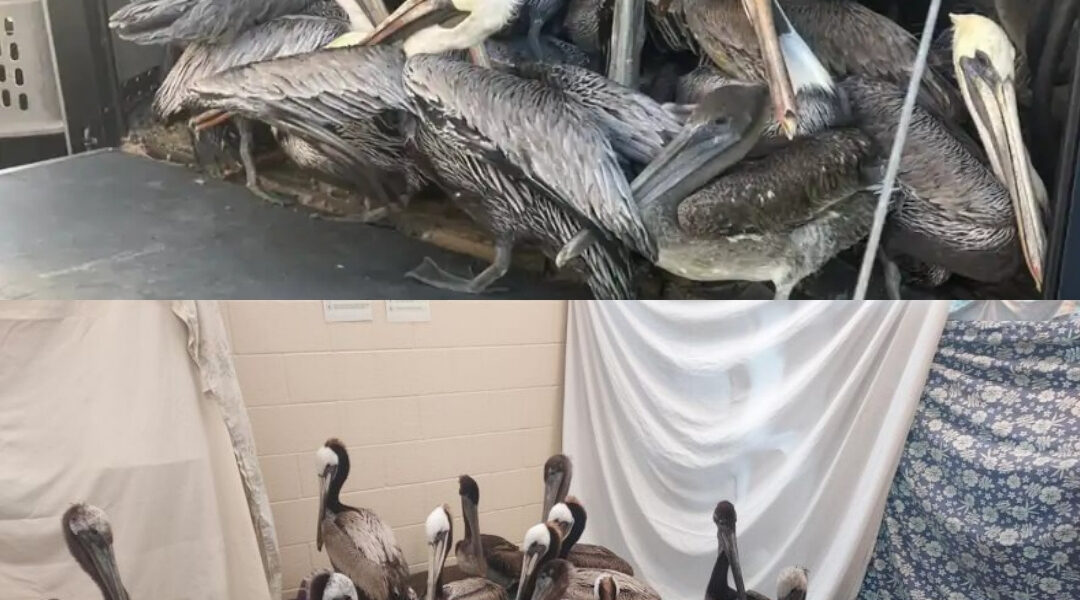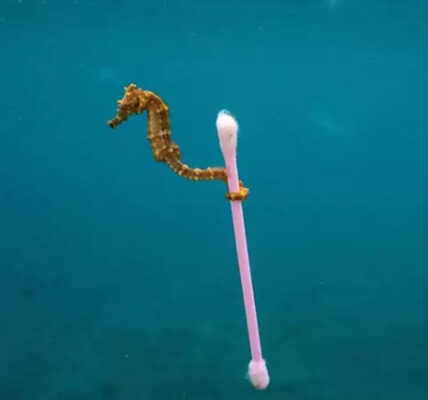
Shamrock Island had always been a quiet place — a hidden patch of land off the Texas Gulf Coast where the sky met the sea in gentle shades of blue, and the only voices belonged to the birds who made it their sanctuary. Pelicans glided low over the water in graceful formation. Herons picked their way across the marsh with slow elegance. Gulls circled overhead, calling out to one another in the language of wind and salt.
It was a world untouched.
A refuge.
A place where 19 species of waterbirds lived in peace on the 110-acre preserve protected by The Nature Conservancy.
But nature, for all its beauty, can turn violent without warning.
And on one terrible afternoon, it did.
The storm began like a distant whisper — gray clouds rolling low over the horizon. Within minutes, the sky darkened into something angry and unrecognizable. Winds screamed through the grass. The smell of salt sharpened. And then the first stone of ice fell from the sky.

Then another.
Then hundreds.
A hail storm, sudden and merciless, struck Shamrock Island with a force no creature could prepare for. Ice rained down like bullets. Pelicans huddled together in confusion, wings spread to protect their young. Herons attempted to flee but were battered mid-flight. Nests trembled under the assault.
The storm lasted only minutes.
But its damage would last far longer.
When the sky finally cleared, the island was silent — not peaceful, but wounded. Birds lay where they had fallen. Some tried to stand but collapsed. Others remained motionless, stunned by the blow. Feathers were soaked and torn. Wings hung at unnatural angles. Some birds, too weak to move, simply stared at the sky with a kind of dazed disbelief.

On the mainland, word spread quickly: Shamrock Island needed help.
And the people who heard that call did not hesitate.
Across the bay, at the University of Texas Marine Science Institute, the team at Amos Rehabilitation Keep (ARK) prepared to mobilize. They had seen storms before — but something in the urgency of the reports told them this one was different.
“Grab stretchers. Grab crates. Grab everything we have,” staff supervisor Andrew Orgill ordered, his voice steady even as dread tightened in his chest.
Volunteers rushed to load boats. Other organizations joined them:
— The Texas Parks & Wildlife Department
— The Coastal Bend Bays & Estuaries Program
— The Harte Research Institute
— The Texas State Aquarium

It wasn’t just one group responding.
It was a community.
And together, they headed for Shamrock Island.
THE SCENE THEY ARRIVED TO
As the boats approached the southern end of the island, rescuers could see the damage before they even stepped onto shore. Pelicans, known for their strength and grace, now struggled to stand. Some shook their heads in pain from severe trauma. Others tried to flap shattered wings that refused to obey them.
Some birds simply lay in place — too weak to do anything else.
Andrew stepped onto the island and felt his breath catch.
“Some birds had fairly severe head trauma,” he later recalled. “Some were very weak and lethargic, and many had severely fractured wings.”

He knelt beside one pelican — its long bill resting in the sand, its eyes half-closed. When he touched it gently, the bird didn’t resist. It couldn’t.
“Easy, buddy,” Andrew whispered. “We’ve got you now.”
Around him, his team did the same — lifting birds carefully, holding wings steady to prevent further injury, placing them into carriers padded with towels. The island echoed with a mixture of soft groans, whispered encouragement, and the flapping of frightened birds who still had the strength to resist.
They worked for hours.
One bird at a time.
One life at a time.
THE LONG JOURNEY BACK
Rescuers transported about 390 birds off the island — nearly four hundred fragile lives pulled from a disaster they never saw coming. Boats carried them across the water in waves, crates stacked carefully to ensure no bird was jostled more than necessary.
Back at the ARK facility, the team immediately began triage.

“We started with the most injured and most critical,” Andrew said. “Then we worked our way through the rest.”
Some birds suffered only bruises.
Some had broken wings that would require weeks of healing.
A few were too injured to save — and those were the hardest moments for everyone.
But the rescuers refused to give up hope.
Today, 120 birds are still at ARK, while others have been transferred to partner facilities like the Gulf Coast Wildlife Rehabilitation Center and Wings Rescue Center.
Every morning, staff walk past rows of recovering birds — some wrapped in soft bandages, others resting under heat lamps, still others learning to stand again after trauma.
And every morning, rescuers remind themselves:
“We are optimistic that many of them will make a full recovery.”
WHY THIS RESCUE MATTERS

The vast majority of the rescued birds were eastern brown pelicans — known for their striking silvery-gray feathers and their long, iconic bills. They are resilient, powerful birds, capable of diving from the sky like grace shaped into motion.
But these same birds were on the endangered species list until just two decades ago.
Their population is recovering — slowly, painfully, beautifully — but storms like this can set back that progress in an instant. A single catastrophic weather event can undo years of conservation work.
That is why this rescue wasn’t just compassionate.
It was necessary.
“Getting every bird possible back into the wild will be incredibly important,” Andrew said. His voice carries the weight of someone who has seen both fragile beginnings and triumphant returns.
Because saving one pelican is not just saving one life.
It is protecting a species.
It is healing a wound in the natural world.
It is restoring something that cannot be replaced.
THE PROMISE OF TOMORROW
As days pass, more birds regain their strength.
A pelican with a fractured wing finally stretches it out to test its healing.
Another stands up without wobbling.
A third dunks its head into a water bowl with renewed curiosity.

Every small victory ripples outward — a reminder that survival is made of tiny milestones.
And someday soon, when the last feathers are smoothed and the last bones mended, these birds will return to the sky over Shamrock Island. Their wings will catch the wind. Their silhouettes will glide above the waves. Their calls will echo through the marsh again.
Nature will heal.
Because people cared.
Because people acted.
Because humans did not turn away.
On a tiny island battered by ice, hundreds of pelicans cried out for help.
And an entire community answered.





